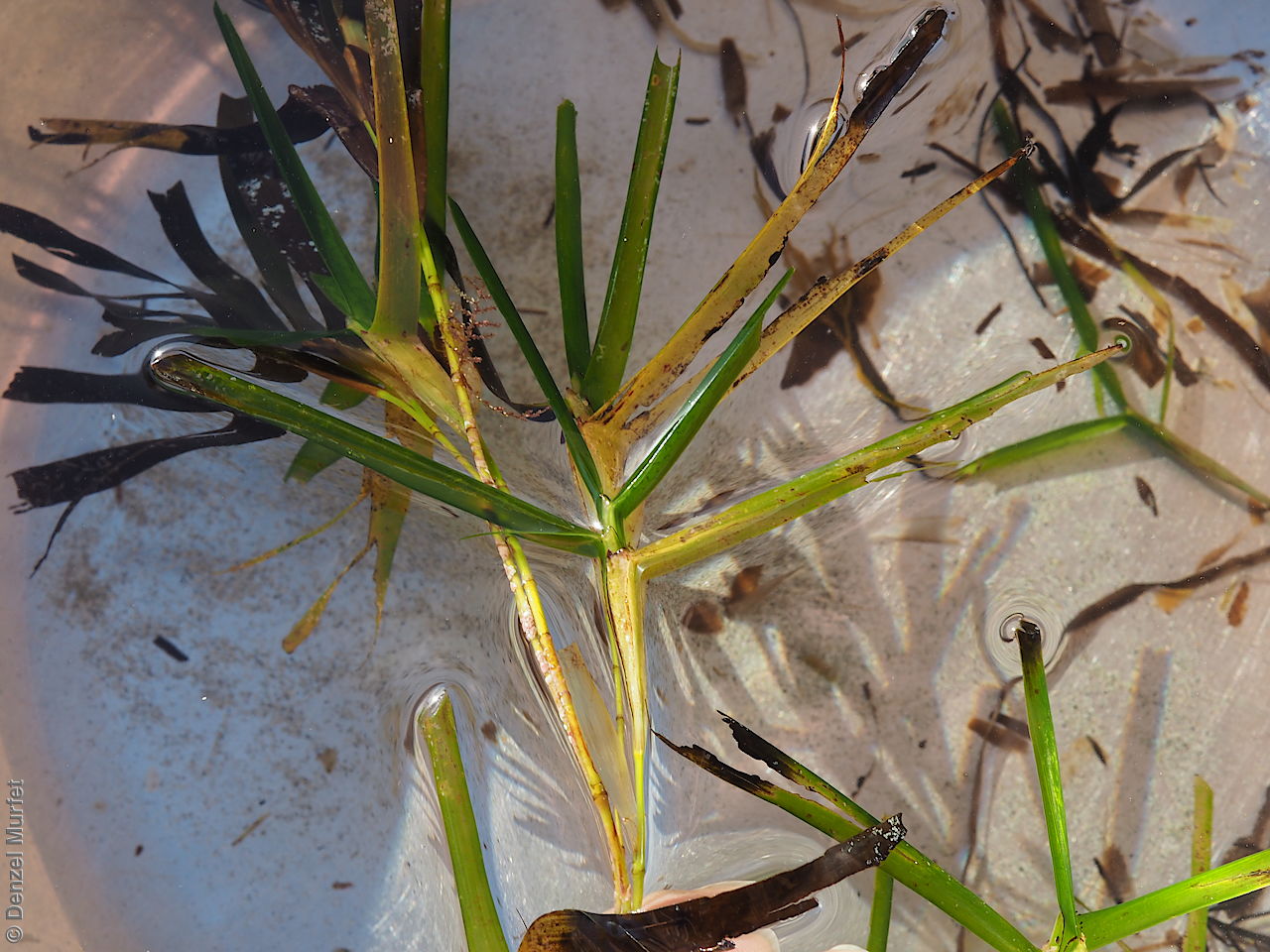
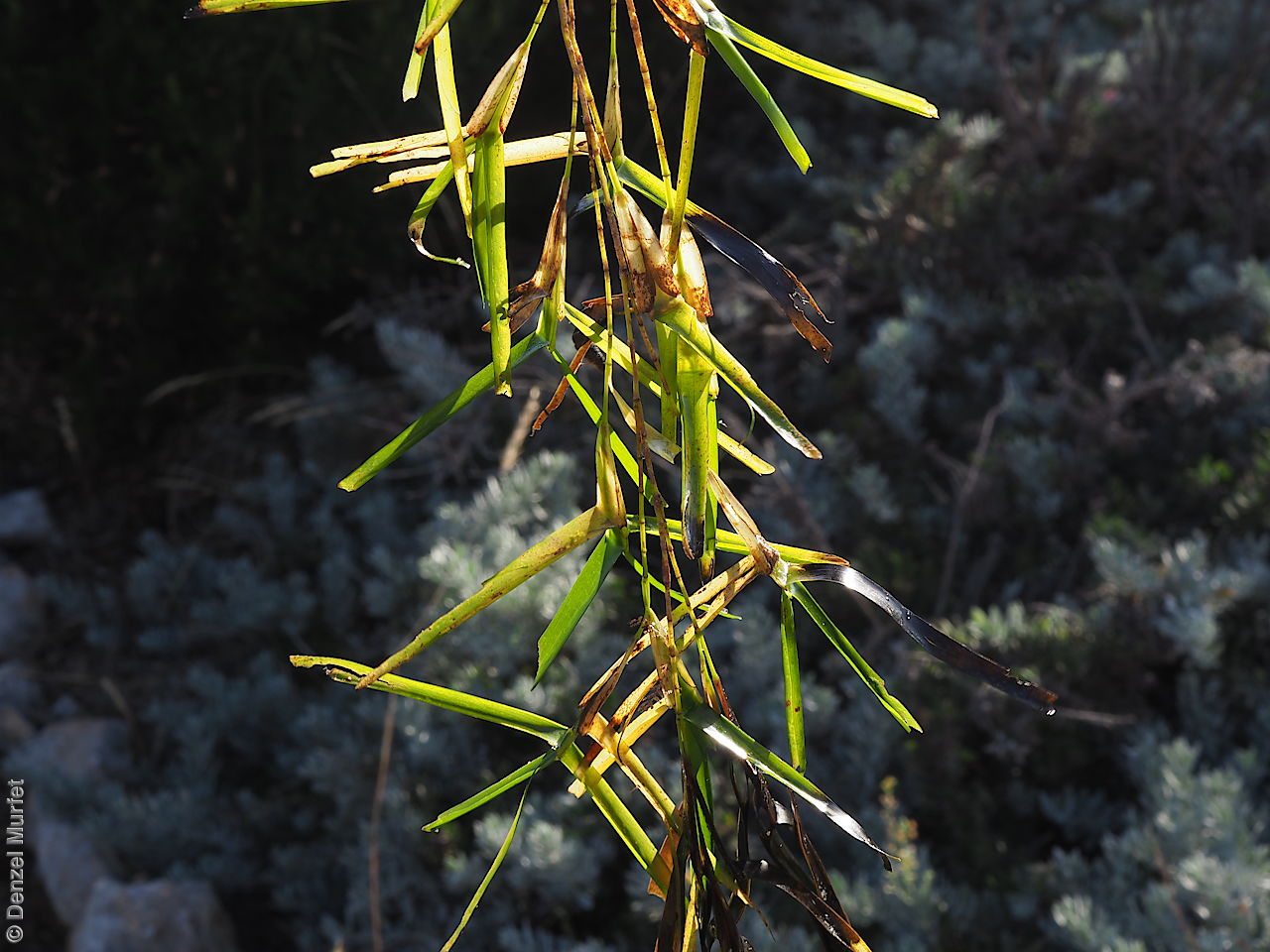
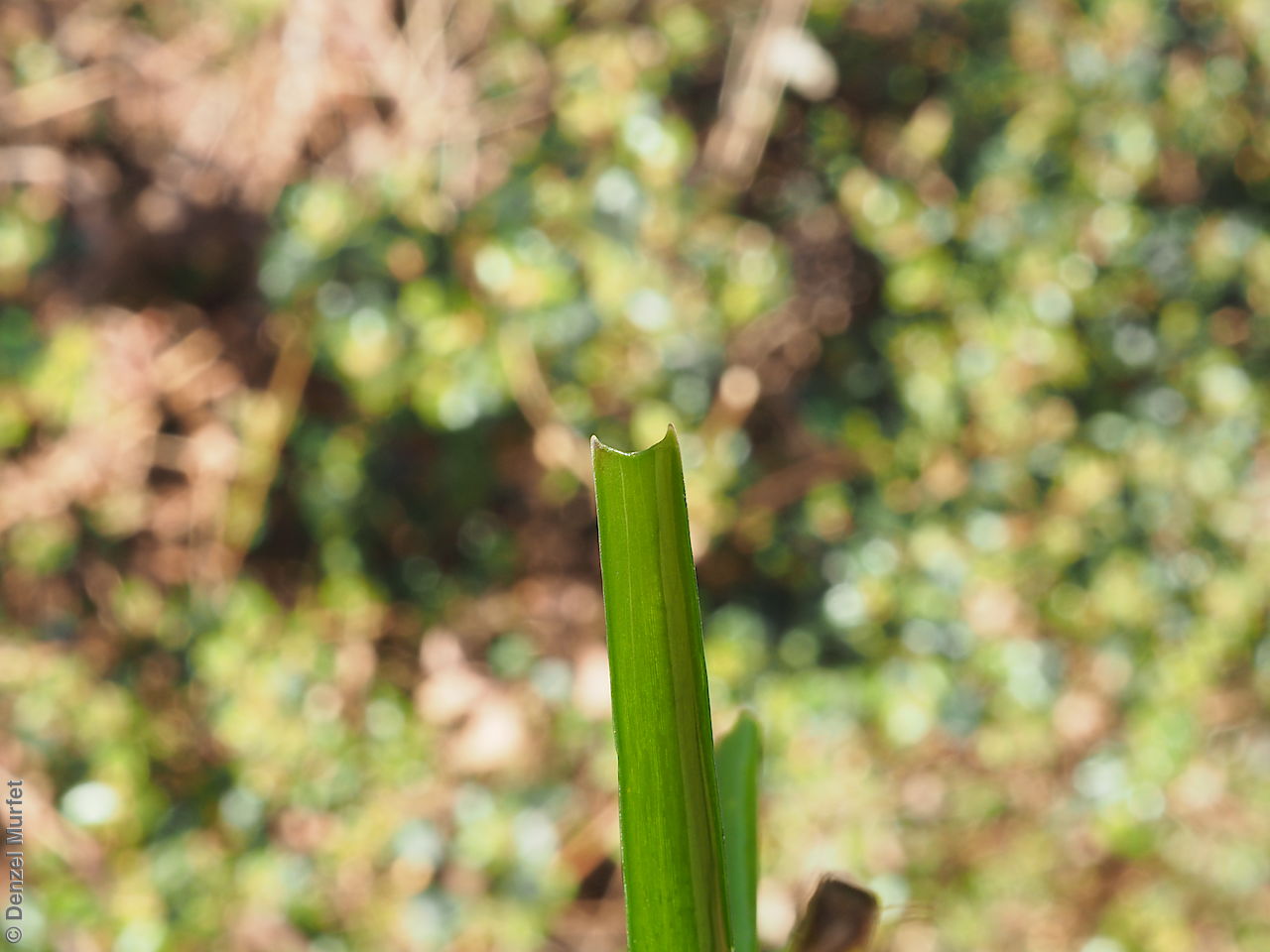
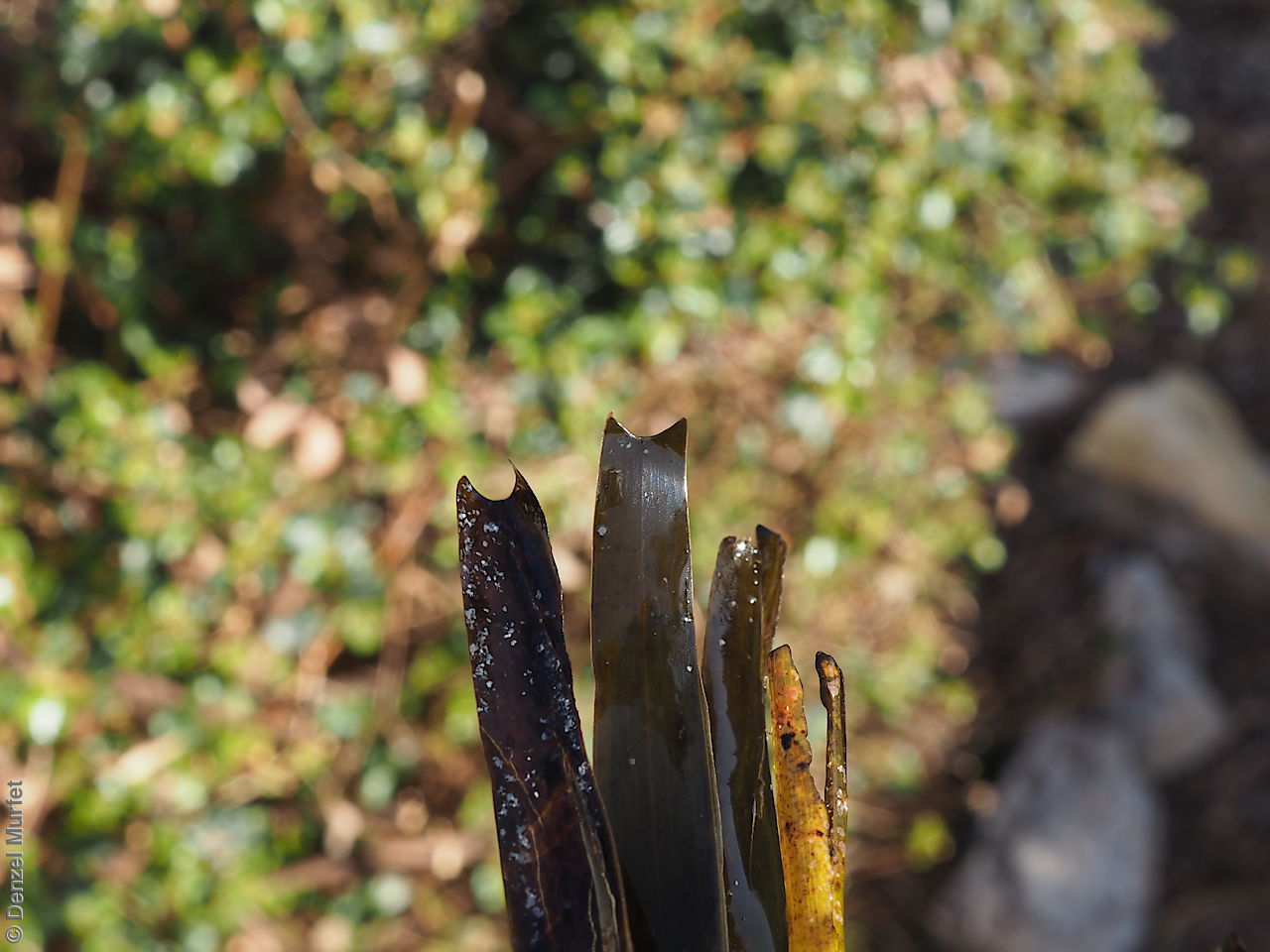
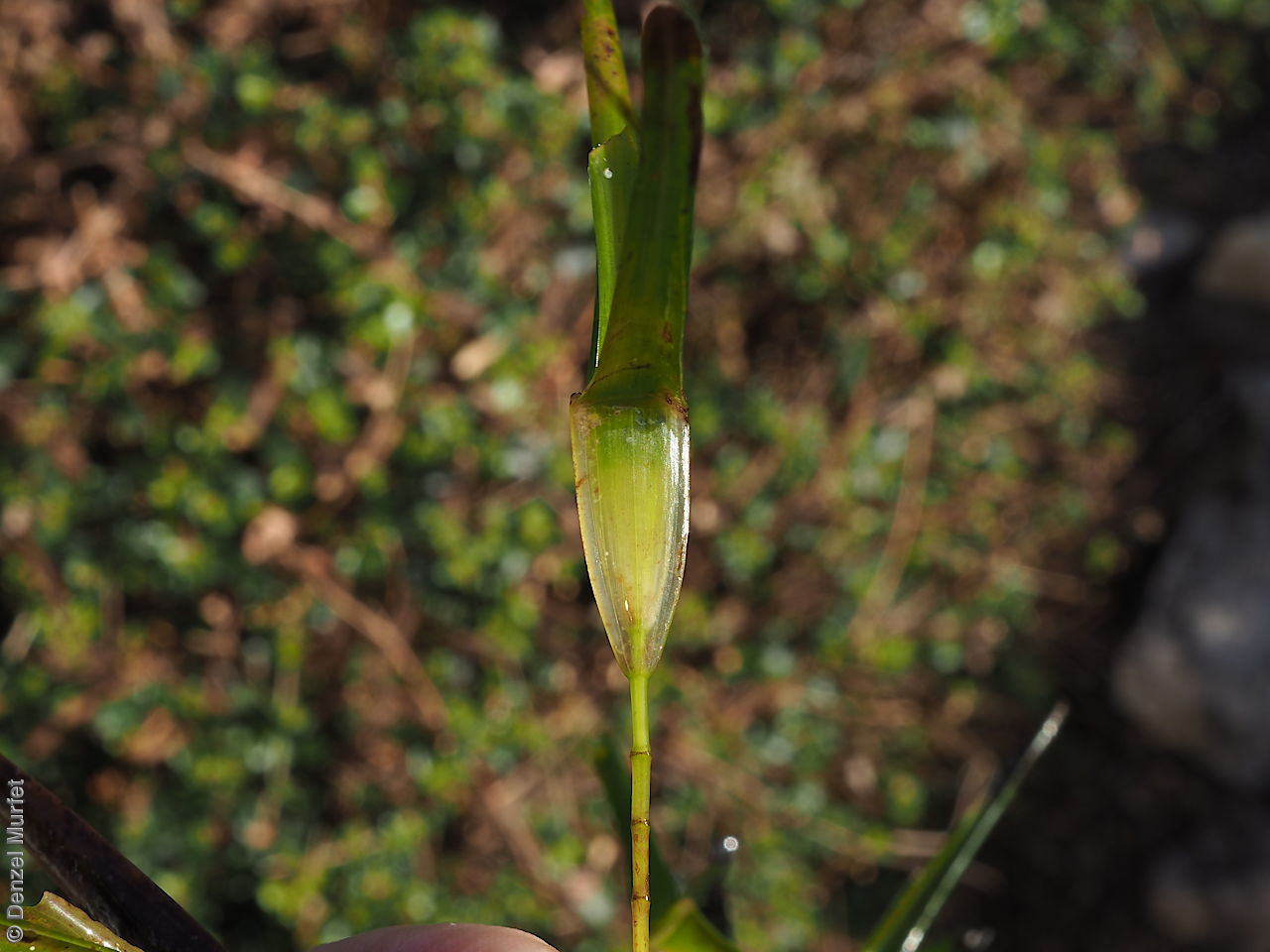
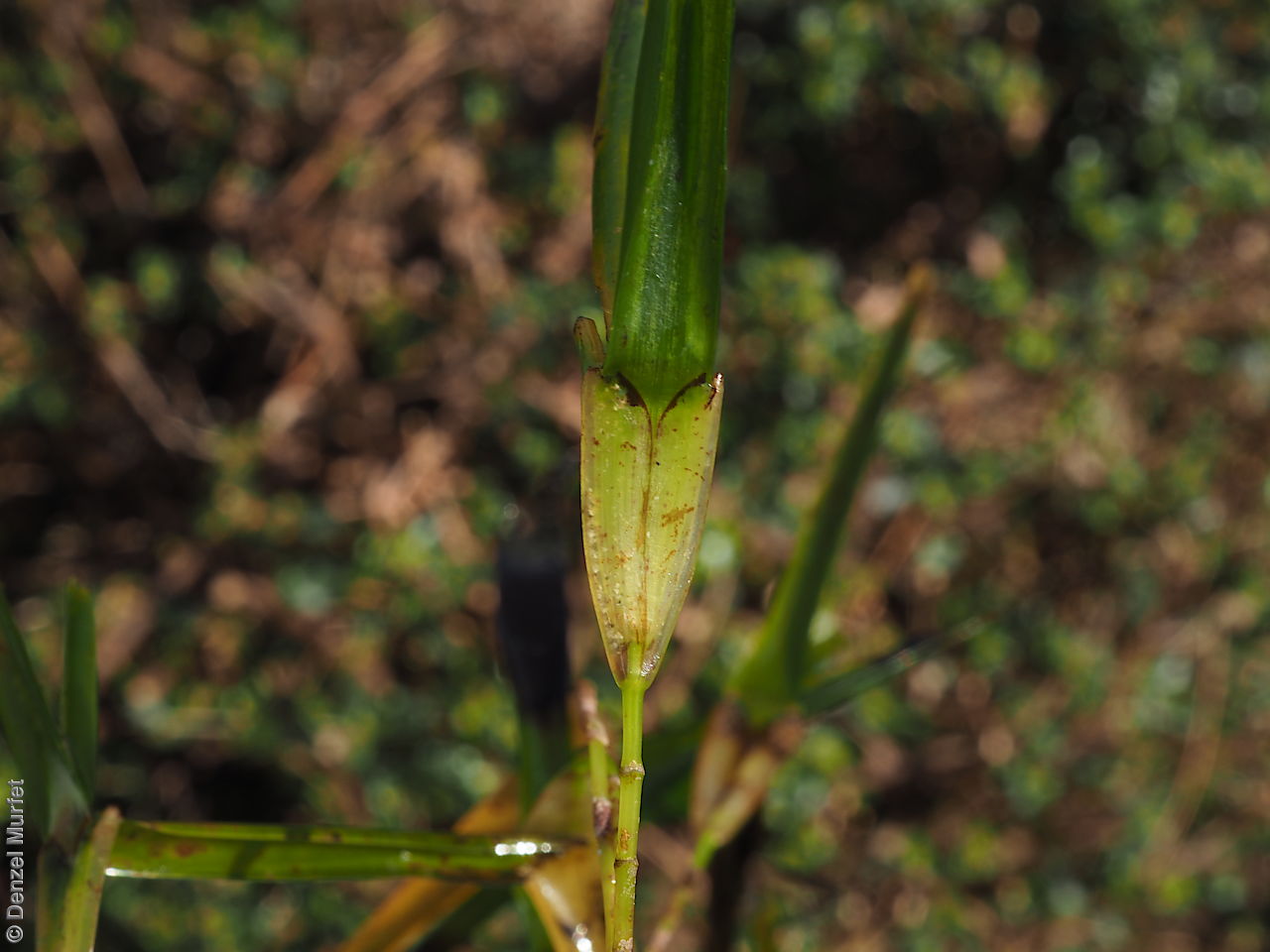
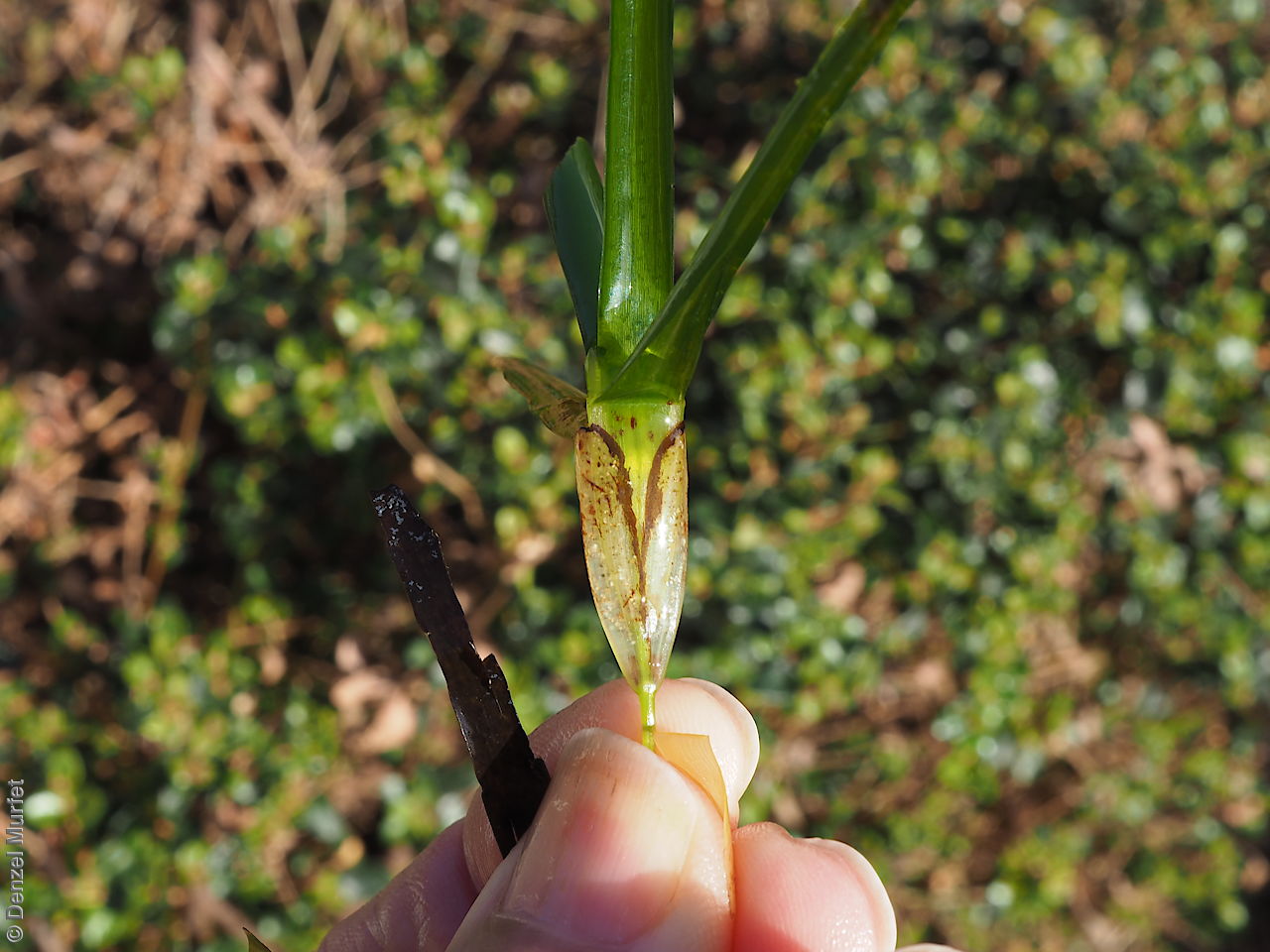
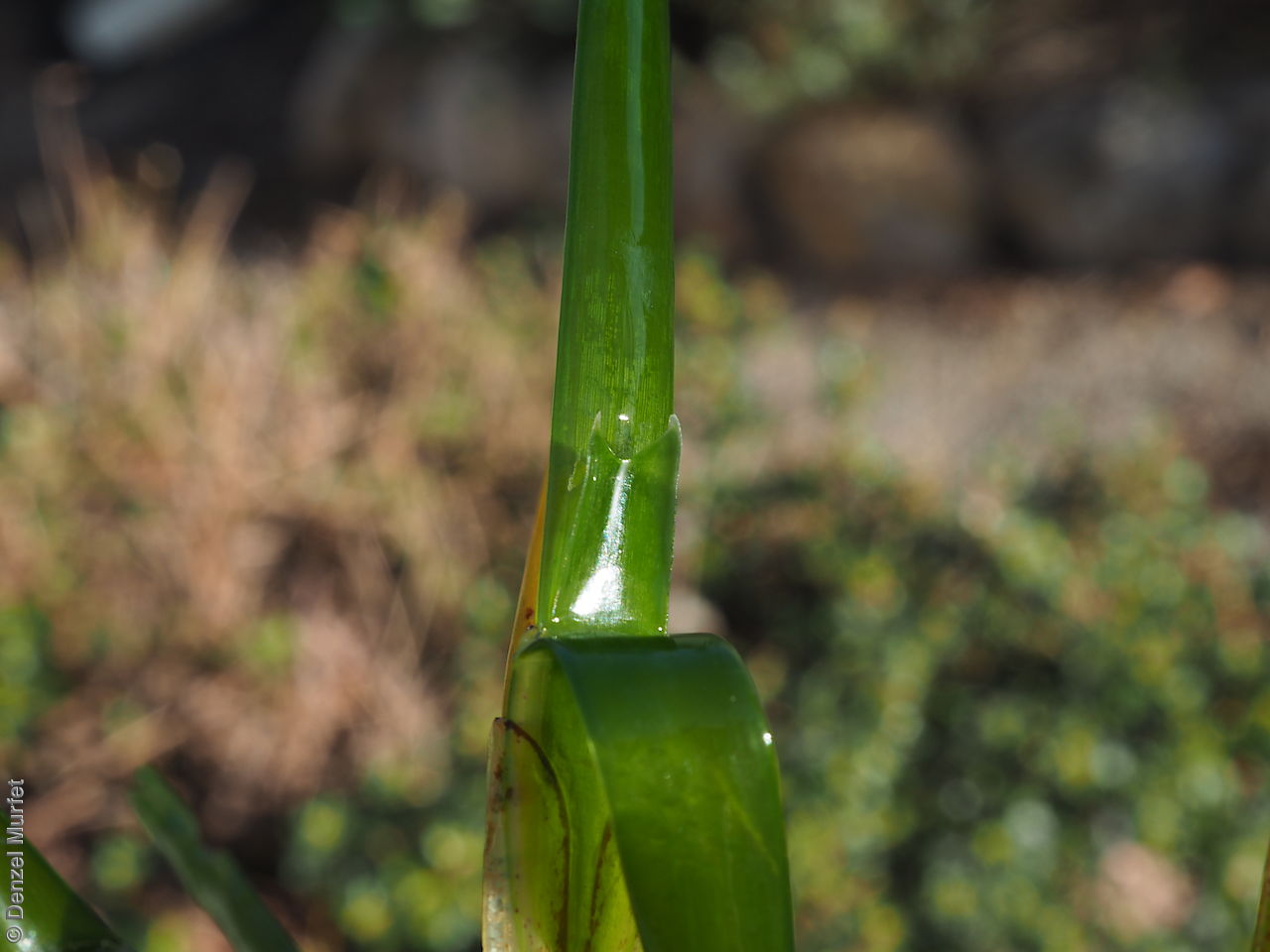
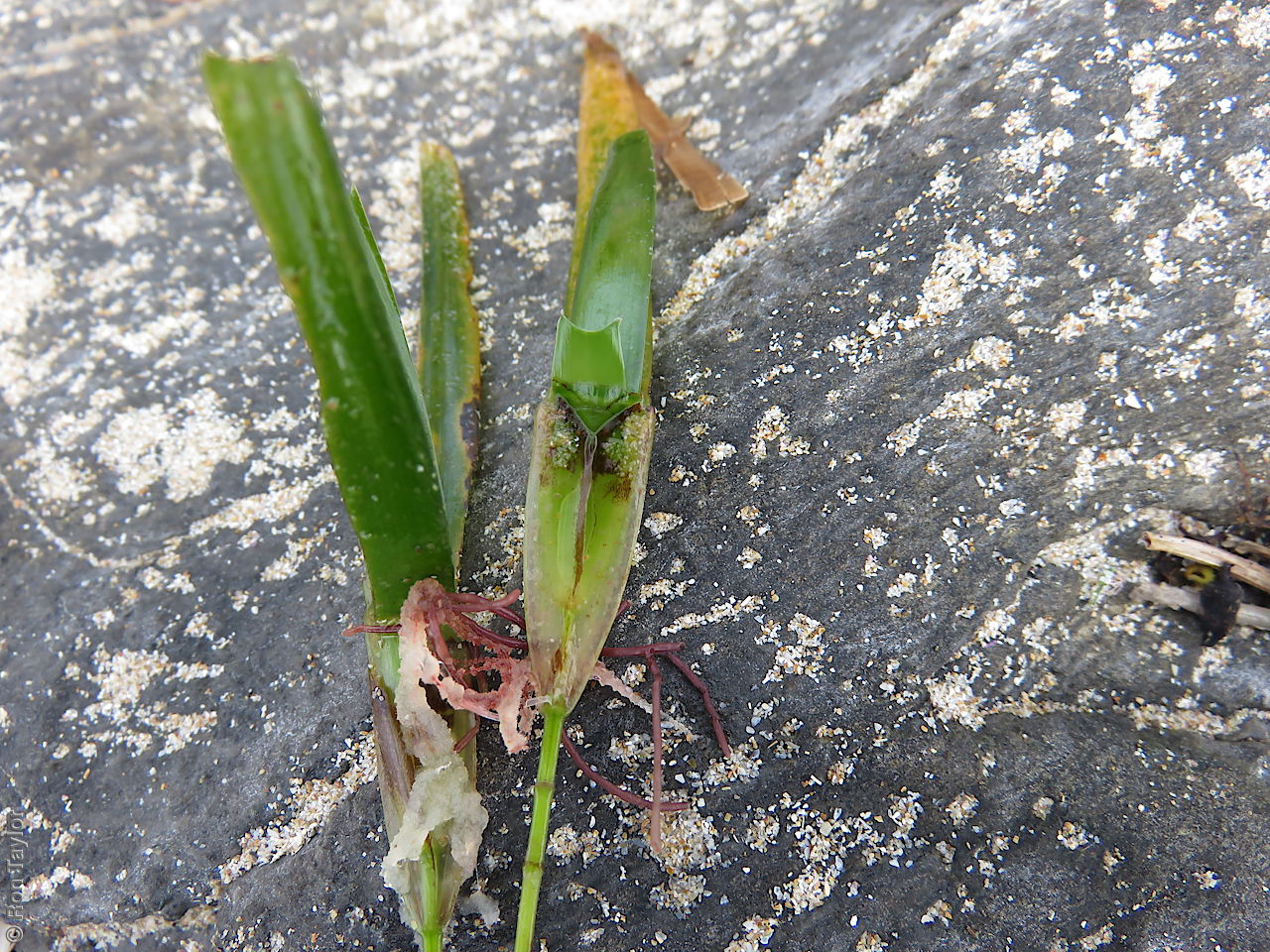


Prior names
Pectinella griffithii
Cymodocea griffithii
Common names
Griffith's Wireweed
Griffith's Sea Nymph
Etymology
Amphibolis from the Greek "amphibolos' meaning thrown, put round, ambiguous, doubtful, possible referring to its unlike habitat of a flowering plant, in the ocean. Griffithii named after Griffith who collected the type specimen from Henley Beach, South Australia in 1913.
Distribution and status
Found along the coast west of Victor Harbour in South Australia growing as pure stands or in mixed communities with A. antarctica from low tide to a depth of 5 m or deeper where it can extends into rougher localities and tolerates lower light intensities than A. antarctica. Also found along the coast of Western Australia. Native. Common in South Australia. Common in Western Australia.
Herbarium regions: Nullarbor, Eyre Peninsula, Yorke Peninsula, Southern Lofty, Green Adelaide
NRM regions: Adelaide and Mount Lofty Ranges, Alinytjara Wilurara, Eyre Peninsula, Northern and Yorke
AVH map: SA distribution map (external link)
Plant description
Dioecious, perennial seagrass with creeping, lignified rhizomes with erect, branching stems to 1 m tall and 1.5 mm diameter. Leaves in tufts of 4–5 tightly grouped together at the ends of branches; sheath clasping, with the margins overlapping for most of their length; lamina to 10 cm long and 7 mm broad, flat, not twisted or by 45–90° in the upper part; apex deeply notched with 2 obtuse marginal teeth, absent in juvenile leaves of the seedling. Male flower with 2–3 simple or laciniate appendages with or without a small laciniate bract at the base. Female flowers with 1-several small, filiform bracts, 1–2 mm long, at the base of the carpels, each carpel with a style 3–5 mm long and 3 stigmatic branches 10–12(44) mm long (rarely branching), pericarpic lobes 4 (2 broad and 2 narrow) in one whorl.